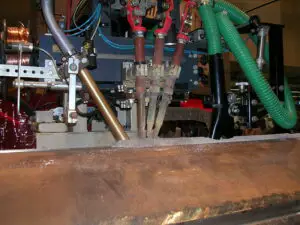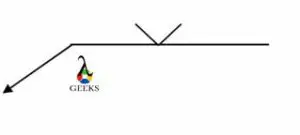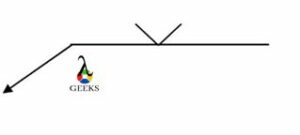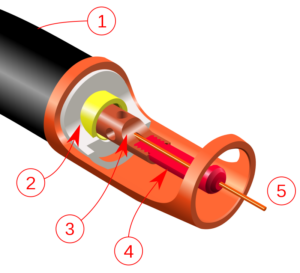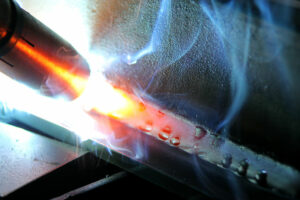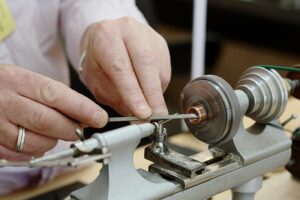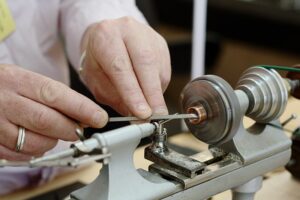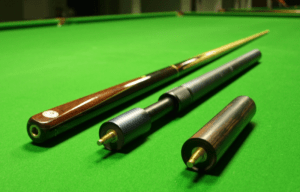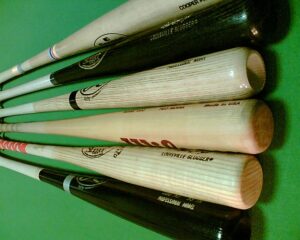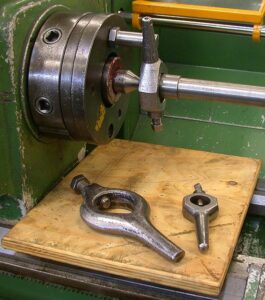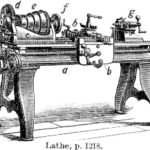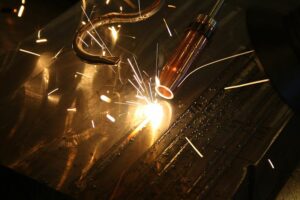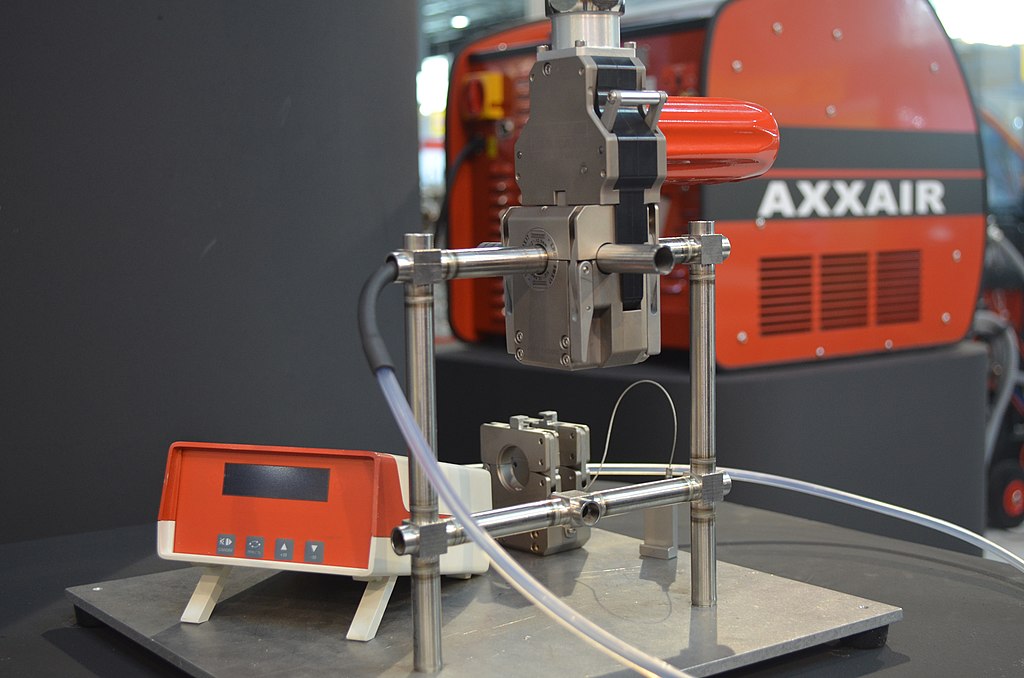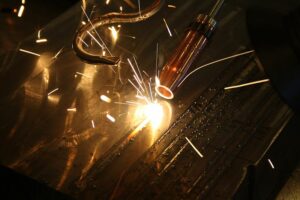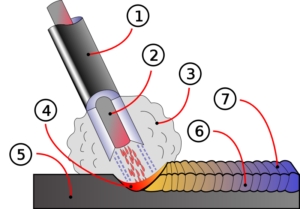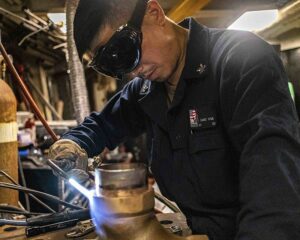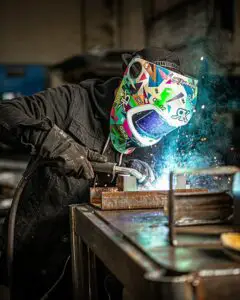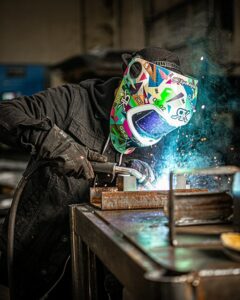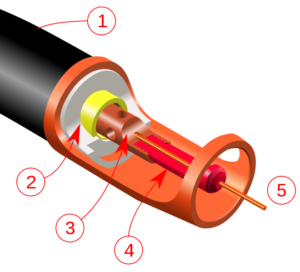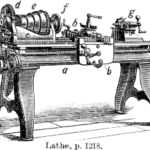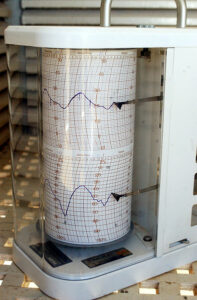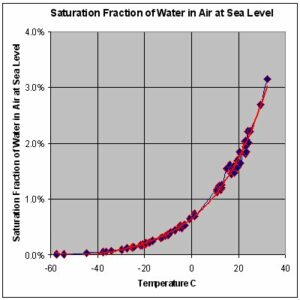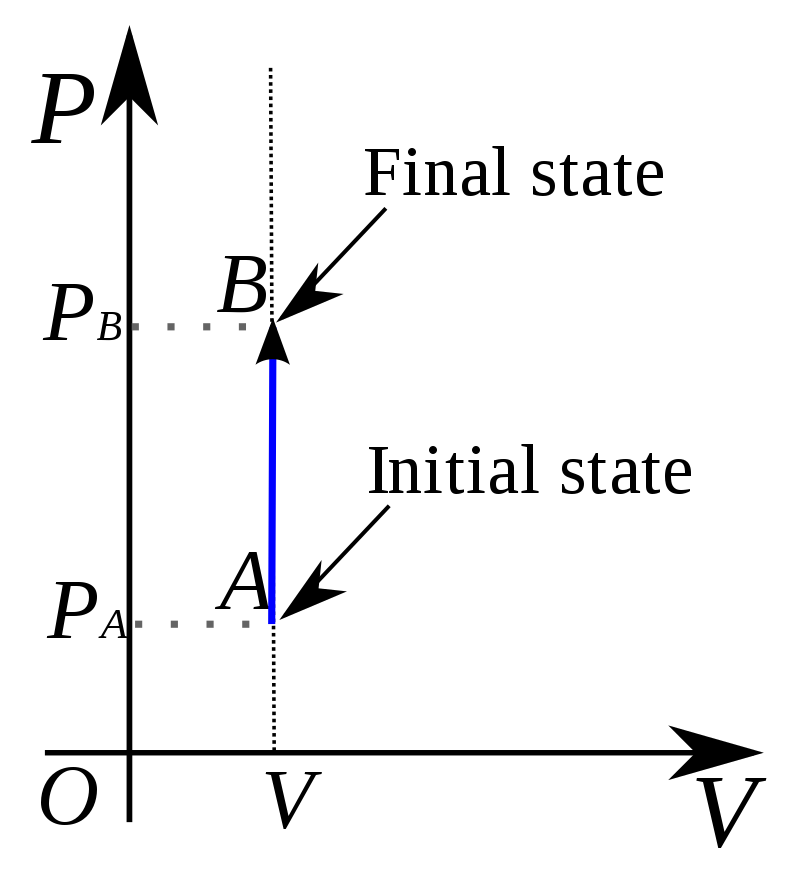In this article, the topic, “v groove welding” with v groove welding involved facts like Symbol, Diagram, Process, Machine, Strength will be discuss.
V groove welding is a type of the groove welding. If the V groove welding is compare with another types of the welding then V groove welding is takes more time to perform, its time consuming process and very easily without skilled operator the V groove welding cannot be proceed.
The parts of the weld of groove are Groove angle, Root face, Bevel angle, Root gap.
What is v groove welding?
Groove weld can be classified in different types, among the all classification the groove classified in main two categorised such as, Single V groove and Double V groove.
The V – shaped groove of weld can be derive as, v shaped groove is the combination of,
- The groove which is shapes as V in the area of the member.
- Members of the butting carry the shape of the single bevel edge
- Non butting and butting both members carrying surfaces of the planer prepared to create a groove.
The types of groove weld are based on the preparation of groove such and classified such as, Single Bevel groove weld, Double Bevel groove weld, Single V groove weld, Double V groove weld, Single U groove weld, Double V groove weld, Single J groove weld, Double J groove weld. The shape for the preparation of the groove is the discerning creator for the classification of the weld of the groove.
V groove welding symbol:
The welding symbol the V groove is given below,

Advantages symbols of the weld:-
Weld plays a very important role for where the flow of the work for any workpiece can be done in a smooth way. With the help of the symbols of the weld we easily can understand the size, shape and classification for this reason we don’t need to waste time to understand only about the weld. All information can be easily defined by the help of symbols of the welds.
Welding uses in V groove welding process:
In the process of the narrow groove welding is another name is narrow gap welding. The process of the narrow groove used to weld the sections which are comparatively thick.
To weld the any base metals with the help of V groove welding, the process of welding are used are listed below,
Gas Tungsten Arc Welding:-
Another name for the Tungsten Insert Gas Welding process is Gas Tungsten Arc Welding process. In the Tungsten Insert Gas Welding process electrode which is made tungsten is used and the electrode should be non – consumable type to create weld.
The base metals which can be work with Tungsten Insert Gas Welding process are, Aluminium and alloys of aluminium, carbon steel and alloys of carbon steel, stainless steel.
Submerged Arc Welding:-
Submerged Arc Welding (SAW) is a joining process that involves the formation of an electric arc between a continuously fed electrode and the workpiece to be welded. A blanket of powdered flux surrounds and covers the arc and, when molten, provides electrical conduction between the metal to be joined and the electrode.

Image Credit – Wikipedia
Gas Metal Arc Welding:-
Metal insert gas welding process an example of arc welding method. In the Metal Insert Gas Welding process electrode which is used should be consumable type to create weld. The two base metals are joined with each other by the help of Metal insert gas welding process.
V groove welding angle:
The most suitable angle work with the geometry of V groove welding is 54 degree. In the 54 degree the properties of the mechanical is best for the tension strength.
Overhead v groove welding:
The most complicated position for working with the weld is overhead position. In the overhead v groove welding penetration rate is not too high.
Overhead v groove welding can be explained as; the process of the welding is accomplished together with two metal pieces above the welder. In the overhead v groove welding the experts are angled themselves and used equipment for reaching to the joints of the base metals.
Open v groove welding:
The symbols for the open v groove welding consists of,
- Arrow line
- Reference line
- Weld procedure specifications
Double v groove welding:
Double v groove can be explain as, a classification of the weld of the groove in which one feature has a junction outskirts bevelled on too portions.
Frequent Asked Questions:-
Question: – Explain the advantages the joints of the welding.
Solution: – The welding joints are also known as permanent joints. In the welding joint the plates of the two metals are configuration or arrangement fitted tightly to each other.
The advantages the joints of the welding are listed below,
- Leak proof joining
- Joining of the different shapes
- Metals which are dissimilar are jointed
- Strength of the joint is superior
- High load capacity
- Joining of plastics
- Light welded assemblies
- Changing of the mechanical properties
Leak proof joining:-
In some joining process main disadvantage is leakage is appearing post joining process, but in the process of the welding the base metals are joined without any leakage. Over the all joining process welding is leak proof.
Joining of the different shapes:-
Different types of shapes of the materials can be joined by the help of welding process. Almost every shape such as sheets, plates, bars can be joined by the process of welding.
Metals which are dissimilar are jointed:-
Without applying any filler metal the dissimilar metal can be joined with using the process of welding. Two or more than two dissimilar metal easily can be joined. Extra carefulness is required while dissimilar of two metals are joined with each other.
Strength of the joint is superior:-
The joining strength for the process of the welding is superior almost 100% strength we can get from the process of the welding.
High load capacity:-
The load capacity for the process of the welding is high. The components of the process of the welding are remain unchanged after completing the process.
Joining of plastics:-
The materials which are made with plastics in the welding process easily can be joined. In the other process of joining the material made with plastic can be damage, which is not requried at all.
Light welded assemblies:-
The joints made with weld are comparatively light weighted. The joints of the rivets required some additional equipment such as rivets, straps and many more.
Changing of the mechanical properties:-
By the help of the welding process various materials properties of the mechanical easily can be improved to reach the desired level. In the welding process electrode coating, protective gas, filler material are used to weld two pieces of the base metals.
Welding standards are define by two methods,
- International Organization for standardization
- ANSI / AWS A2.4 – 98
The ANSI / AWS A2.4 – 98 welding standard introduced by the American Welding Society.
Question: – Write some applications of the process of the welding.
Solution: – The process of welding applications are listed below,
- Fabrication of vessels of the pressure
- Spacecrafts
- Aircrafts
- Installation of the nuclear
- Laying of railway tracks
- Coaches of the railways
- Laying of pipelines
- Electrical industries
- Defence industries
The applications for the process of the welding are also listed below,
- Industries of the automobiles
- Joining of the thin metals
- Joining of the ferrous materials
- Joining of the non ferrous materials
- Fabrication of the sheet metals.
Question: – Write different types of welds used in the process of the welding.
Solution: – The different types of welds used in the process of the welding are listed below,
- Fillet weld
- Seam weld
- Plug weld
- Groove weld
- Surfacing weld
- Slot weld
- Flash weld
- Spot weld
Question: – Discuss any three types of welds which are used in the process of the welding.
Solution: –
Three types of welds which are used in the process of the welding are discuss below,
Plug weld: –
By the help of the plug weld two base metals are locked with each other. The plug weld is used when two different types of metals which are contain different types of thickness need to joint with each other. In the piping system plug weld widely used to weld the inside of the tubes. After completing plug weld it takes shaped liked circular.
Groove weld:-
Groove weld can be explain as, an opening by the two members of the joints which are take steps area to with hold the base metal. After the use of fillet weld, the groove weld is used most.
Groove weld can be classified in some categorized such as,
- Square Groove weld
- Flare – V weld
- Single – U groove weld
- Single – V groove weld
- Single – J groove weld
- Flare – bevel weld
- Single – bevel groove weld
Slot weld:-
By the help of the holes or elongated cavity slot weld is performed. The holes or gaps are filled with the weld of the base metal or it can be open by one side.
